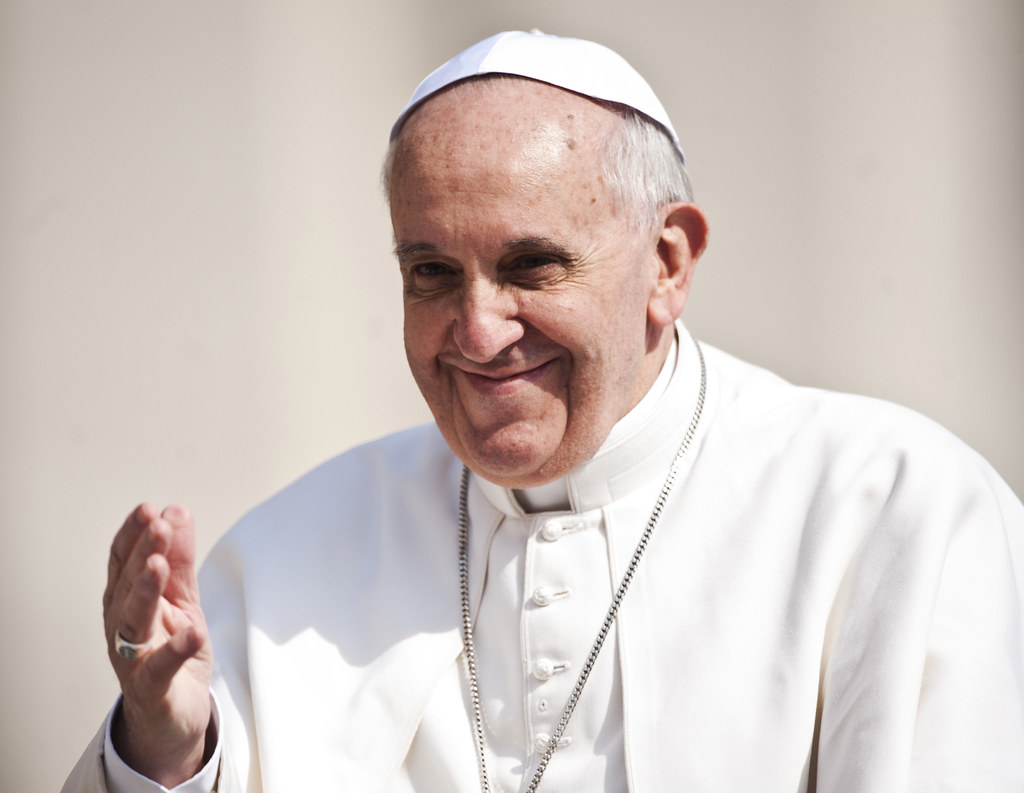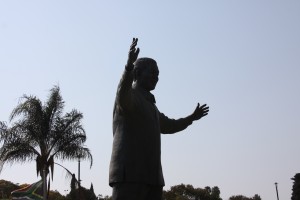A question I often get, and one I’ll briefly answer here, is what my scholarship in peacebuilding entails and how it translates into my practice of peacebuilding.
The short answer is that I don’t claim to be an expert (though I do have some expertise). Rather, I’m continually rethinking approaches to managing and transforming conflict that can uphold the dignity of each individual involved and allow for adjustments that will lead to the lasting restoration of relationship.
A pragmatist, I readily acknowledge that this is not always possible, especially in the face of grave injustice, trauma, and hurt. Yet I also believe in the human capacity to enter well-designed processes through which individuals and groups may move from conflict or mere coexistence (negative peace) to tolerance and ultimately mutual recognition, reciprocity, and conviviality (positive peace).
My view can be attributed to my core commitments as a practicing Christian who believes in the imminent power of God’s love to bring about healing, wholeness, and restoration. It also stems from my experience in post-apartheid South Africa where, as a journalist, I witnessed firsthand the power of acknowledgement, apology, forgiveness, and reconciliation. Lastly, it also emerges from years of scholarship in which I have had the privilege of engaging leading thinkers and practitioners.
My evolving philosophy around peacebuilding and the need to design just peacebuilding processes is informed by my intuition that the fundamentals for harmonious and convivial relations are already in place and merely (albeit painstakingly at times) need to be uncovered or reestablished.
Perhaps it is for this reason that I do not fear conflict. Nor do I relish it. Rather, I see conflict as a naturally occurring expression of creative energies or opinions at play that may need to be managed in order to lead to constructive outcomes. Outcomes, however, is too precise a word. The objective of peacebuilding as social transformation is more distant horizon than fixed point. Honestly, though, some days it feels more like the pot of gold at the end of a rainbow. This is where faith and hope are essential.
At its core, my work seeks to challenge hegemonic ways of thinking/knowing and being (epistemologies and ontologies) that foster domination and oppression, whether authority- or state-centric, Eurocentric, or binary positionalities such as cis-heteropatriarchy or white supremacy and their need to create and relate to a subordinate other).
Centered on the experience of those with whom I work, and valuing deeply their dignity and particular subjectivities born of experiences and intersectional identities, I’m open to finding fresh, interdisciplinary, and radically creative ways of engaging critically with both conflict and even the idea of peace.
My current thinking about designing peacebuilding processes for everything from interpersonal conflict in an office or church to international conflict is influenced by the Design Justice Network and its 10 principles. Compatible with the local turn in peacebuilding, the network brings a much-needed innovation in the way it decenters the designer/peacebuilder and fosters liberation and sustainable healing and empowerment for communities. Libby Hoffman’s The Answers are There, in which she advocates for peace from the inside out, offers insights from an international peacebuilding perspective of how this may be put into practice.
In closing and for quick reference, here’s the list of the Design Justice Network’s principles:
Principle 1
We use design to sustain, heal, and empower our communities, as well as to seek liberation from exploitative and oppressive systems.
Principle 2
We center the voices of those who are directly impacted by the outcomes of the design process.
Principle 3
We prioritize design’s impact on the community over the intentions of the designer.
Principle 4
We view change as emergent from an accountable, accessible, and collaborative process, rather than as a point at the end of a process.*
Principle 5
We see the role of the designer as a facilitator rather than an expert.
Principle 6
We believe that everyone is an expert based on their own lived experience, and that we all have unique and brilliant contributions to bring to a design process.
Principle 7
We share design knowledge and tools with our communities.
Principle 8
We work towards sustainable, community-led and -controlled outcomes.
Principle 9
We work towards non-exploitative solutions that reconnect us to the earth and to each other.
Principle 10
Before seeking new design solutions, we look for what is already working at the community level. We honor and uplift traditional, indigenous, and local knowledge and practices.


